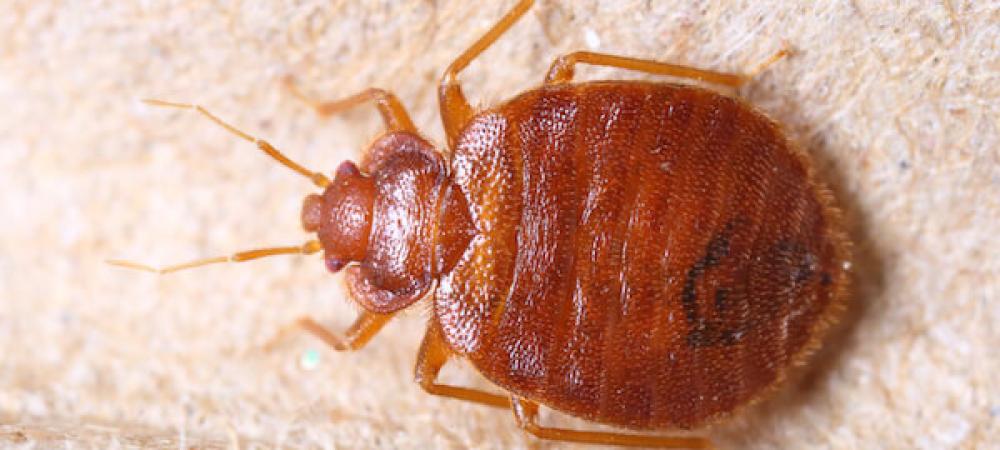When Are Bed Bugs Most Active?

As a homeowner, it's fair to worry about bed bugs—especially if you travel a lot. If you've ever wondered if there's a bed bug season or when they're most active, the experts at Okeena are here to help. We have 64 years of experience treating bed bugs and preventing them, so we are happy to answer any questions related to these pests.
When Are Bed Bugs Most Active?
Bed bugs are nocturnal creatures, meaning they are most active during the night. This behavior is influenced by several factors, including their feeding habits and avoidance of light. Bed bugs feed exclusively on blood, primarily from humans but also from other warm-blooded animals. They are attracted to the carbon dioxide and warmth emitted by their hosts, making nighttime the ideal feeding time when people are asleep and stationary.
Is There A Bed Bug Season?
Signs of Bed Bug Activity
While bed bugs are primarily active at night, it's essential to note that they can still be active during the day, especially in infestations where they are highly prevalent or in areas with limited darkness. However, their nocturnal behavior makes them more difficult to detect during daylight hours.
There are several signs to watch for that indicate bed bug activity:
- Bites: Waking up with unexplained bites or skin reactions, especially in a pattern of three (known as breakfast, lunch, and dinner), is a common indicator of bed bug presence.
- Blood Spots: Bed bugs may leave behind small blood spots on bedding or furniture as a result of feeding.
- Fecal Stains: Dark, rust-colored fecal stains on sheets, mattress seams, or nearby furniture can indicate bed bug activity.
- Molted Skins: As bed bugs grow and mature, they shed their exoskeletons, leaving behind molted skins in areas where they congregate.
- Musty Odor: In severe infestations, a musty or sweet odor may be present, often described as smelling like coriander.
Factors Influencing Activity Levels
While bed bugs are primarily nocturnal, several factors can influence their activity levels and behavior:
- Temperature: Bed bugs thrive in warm environments, with optimal temperatures ranging between 70-80 degrees Fahrenheit. Higher temperatures can increase their activity levels.
- Host Availability: Bed bugs require a blood meal to survive and reproduce. Increased host availability, such as in densely populated areas or during periods of high occupancy (e.g., hotels), can lead to higher levels of bed bug activity.
- Hiding Places: Bed bugs are skilled at hiding in cracks, crevices, and other secluded areas during daylight hours. Cluttered environments provide more hiding places and may harbor larger bed bug populations.
Understanding Bed Bugs to Keep Them Out
In conclusion, bed bugs are most active during the night, primarily because they feed on their hosts while they sleep. However, they can still be active during the day under certain conditions, especially in severe infestations or areas with limited darkness. Understanding bed bug behavior and recognizing the signs of their presence is essential for effective detection and treatment. If you suspect an infestation in your home, it's crucial to act promptly and seek professional bed bug treatment to address the problem effectively.

